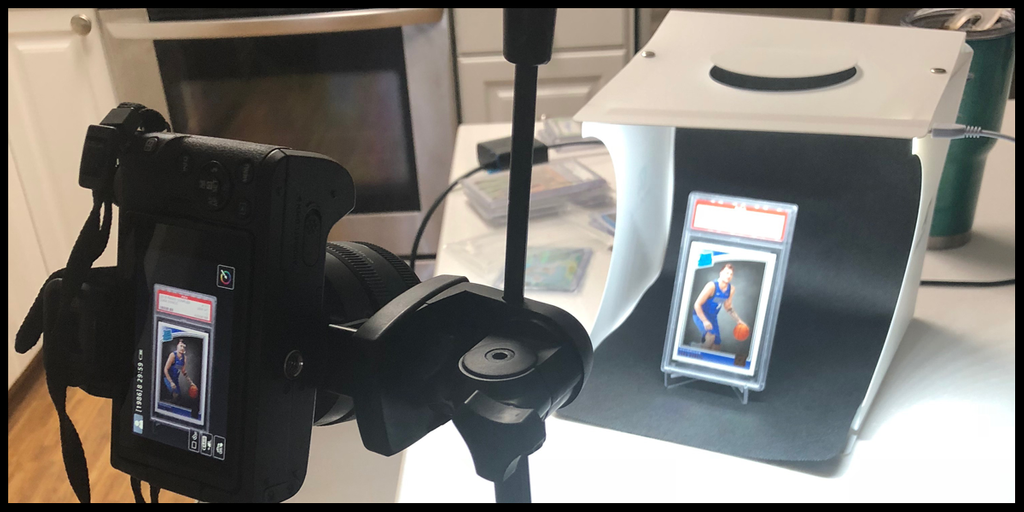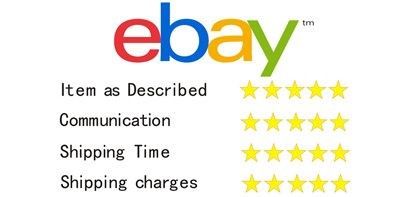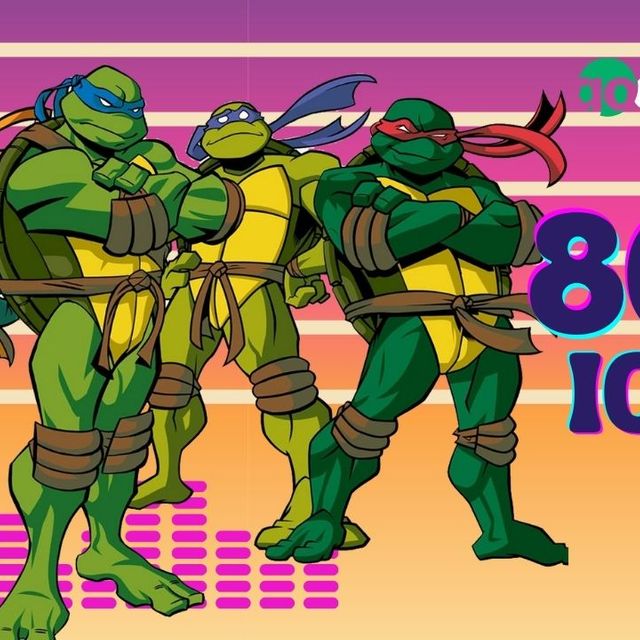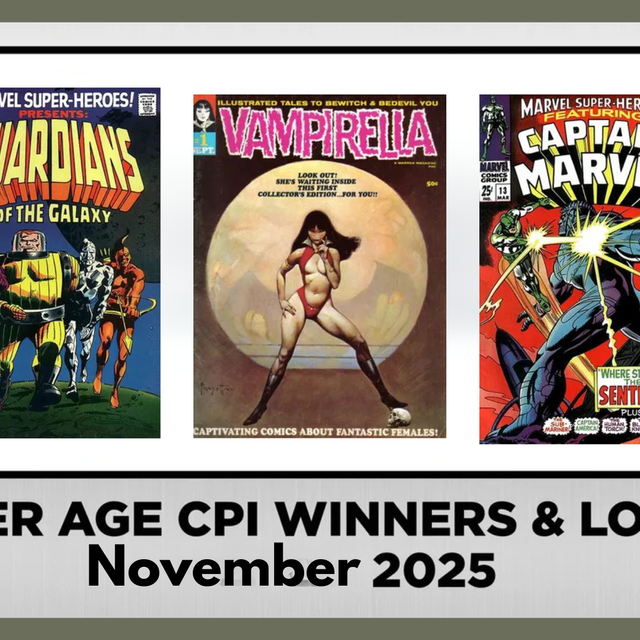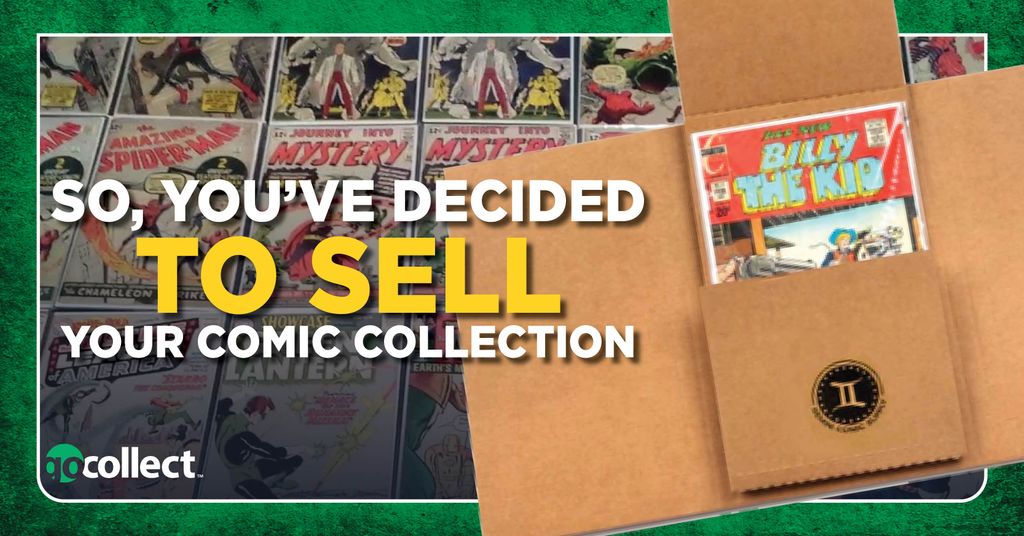
Do your research
First, you need to know where you want to sell your comics. I recommend this blog, written by Joseph Overaitis; he reviews different ways of selling your comics. If you’ve decided to go the eBay/digital route, read on!
While it's tempting to take a quick photo of your comics, group list them all for the same price, and hope for the buyers to come and grab them up, that may not be the best option. Taking the time to research the comic you are trying to sell could provide you with valuable information.
Here are a few initial Dos and Don'ts:
DON'T: Do a quick search to see what others are selling a similar comic for.
DO: Search through closed sales of what you are trying to sell.
DON'T: Match your price with the highest you find online.
DO: Compare your condition of yours against what you see sold online.
DON'T: Copy & paste the same basic title or description in all your posts.
DO: See what other notable things others are mentioning about the comic, and specify those things in your unique and personalized title and description.
DON'T: "Wing it".
DO: Look up each platform's best practices and do your best to align yourself with those.
Take quality photos
Studies have shown the importance of product photos. In fact, one source states that 75% of online shoppers rely on the photos of a product. Your goal should be to present your collectibles as attractively as possible. Including as many photos and disclosing as much information as possible will help you avoid those pesky returns.
Know what the best practices for each platform say about picture sizing. Take a moment to choose an eye-catching featured image to represent your comic, then check the previews to make sure that nothing is cut off.
When I list comics, I take a photo of the front, back, spine, (4) corners, and an internal page (as long as you can do so without damaging the comic) as a base. eBay allows 12 photos, which has you at 8. I would then include any photos that I felt needed to be shown. Is there writing inside the comic? Show it. Is there a slight crease? Make sure it's visible. Though you many be tempted to hide such defects, it'll only make your company look bad if you fail to be transparent with buyers.
Here are some Dos and Don’ts with photos
DO:
For both, you can see all around - cropping hasn’t cut off any of the comic, good lighting.
DON’T:


Provide accurate information in your listing
One of the most important aspects of selling your comics is providing accurate and detailed information in your listing. This not only helps potential buyers make an informed decision about their purchase, but it also establishes trust and credibility between you and the buyer.
Make sure to include a description of each comic book's condition, including any flaws or damages. This will help potential buyers understand exactly what they are getting and can prevent any misunderstandings or returns down the line. It's also a good idea to include information on the publisher, release date, and other relevant details about the comic. With so many variations, provide as much information as you are able to.
For example, if you're selling a rare issue of a comic that has a particularly interesting backstory, share that information with potential buyers. Not only does this provide them with a richer understanding of the item they're considering purchasing, but it can also make the sale feel more special and unique.
Remember, your goal is not just to sell your comics, but to connect with buyers who share your passion for these treasured pieces of pop culture history. By providing accurate and personalized information within your listing, you can not only increase your chances of a successful sale but also build lasting relationships with other comic enthusiasts.
Consider pricing strategies
Pricing your comic collection is crucial for a successful sale. You want to make sure you are pricing your comics fairly, while also making a profit. A good way to start is by researching the current market value of your comics. You'll find that in every step, the research comes back. ;)
When you are looking at sold prices, see if they were listed at a set price, or if it was an auction. Some things can sit as listed for months, while an auction has a limited time online. This can play into what something is sold for.
Another strategy to consider is pricing your comics for auction competitively at the beginning of your sale. This can generate interest and potentially drive up bidding in an auction. You could risk selling something for $1 that you felt could have been $20, though, so be mindful there. If you choose to list your comics at a higher price, you can always lower it over time if it is not selling. You can also run sales and offer bundle deals to entice buyers to purchase multiple comics at once. This can not only increase your sales but also create return customers who are satisfied with their purchases.
Overall, pricing your comics can take some trial and error. Be patient and open to adjusting your prices as necessary to maximize your sale. The number 1 thing to do is to be transparent and honest with your buyers.
Properly pack your comics for shipping
Ok. So say you do everything right and you get that sale. Congrats! Now, make sure you don't mess up all your hard work because you packed your comic poorly. Safe deliverability is everything. There are so many smash posts about collectors finally getting their comic and it being destroyed by the time it reaches them. Sometimes it's unpreventable, but you should pack to prevent as many issues as possible.
There are different ways of packing raw and graded comics.

Raw: In my experience, I like the Gemini comics boxes, but I RARELY send them as-is. They are designed to be taped up and sent off as is, but I stress-tested (obsessively I'll add) and was able to cause enough damage that I decided to do a bit more. I would wrap them in bubble wrap, then place them in another box so they fit snugly.
Use common sense though, I didn't do all that for a $1 comic. For that, I would tape up the Gemini box and send it off. But once it hit the $15-$20, I doubled-boxed it. And while Gemini says you can put up to 12 comics in (1) box. I found that they often would damage the edges of comics, I only put 3-4 based on the thickness of the comics in each to be safe.
Graded: With graded comics, I would use cut cardboard slightly larger than the comic and tape the comic to the cardboard - creating a barrier around it. I would then use bubble wrap and create about 1" all the way around it (so 2" diameter fully) to create padding. I would then place it in a USPS flat-rate medium box with packing peanuts on the top and bottom. I never had one returned, and often got praised for great packing.
Do you have to do EXACTLY what I'm saying here? No. Should you put in equal care and effort? Absolutely! Find what works for you and don’t cut corners. You sold a product and the buyer deserves that product in the same condition it was in at the time of purchase. To maintain high reviews and be in good standing with eBay (or whomever you decide to sell through,) you should place a lot of care into how you ship and send your collectibles.
Follow up with buyers for feedback and future sales opportunities
The last thing I would recommend is reaching out to your buyers after you've been notified that the product was delivered. I typically waited 2 business days. If the buyer didn't reach out to me with a concern or a review, I would reach out to make sure everything was delivered properly. Once they responded that it arrived well, I would ask for a review - if they were so inclined. This increased the number of reviews on the page quite a bit.
Now, there were times when I did an auction with 40 pieces and that became difficult to keep up with. It's on you how you handle that. A good strategy could be to always have the same ship days and follow-up days. Maybe you time all your auctions to end on Thursday and every Monday you do your follow-ups.
Summary
Selling your comic collection can be a daunting task. With a little bit of effort, though, you can maximize your sale and attract the right buyers. Start by doing your research on the value of your comics and determine the best pricing strategy. Take high-quality photos and provide accurate information in your listing to catch the eye of potential buyers. Make sure to properly pack your comics for shipping and follow up with buyers for feedback and future sales opportunities.
By following these tips, you'll be well on your way to a successful sale of your beloved comic collection.
